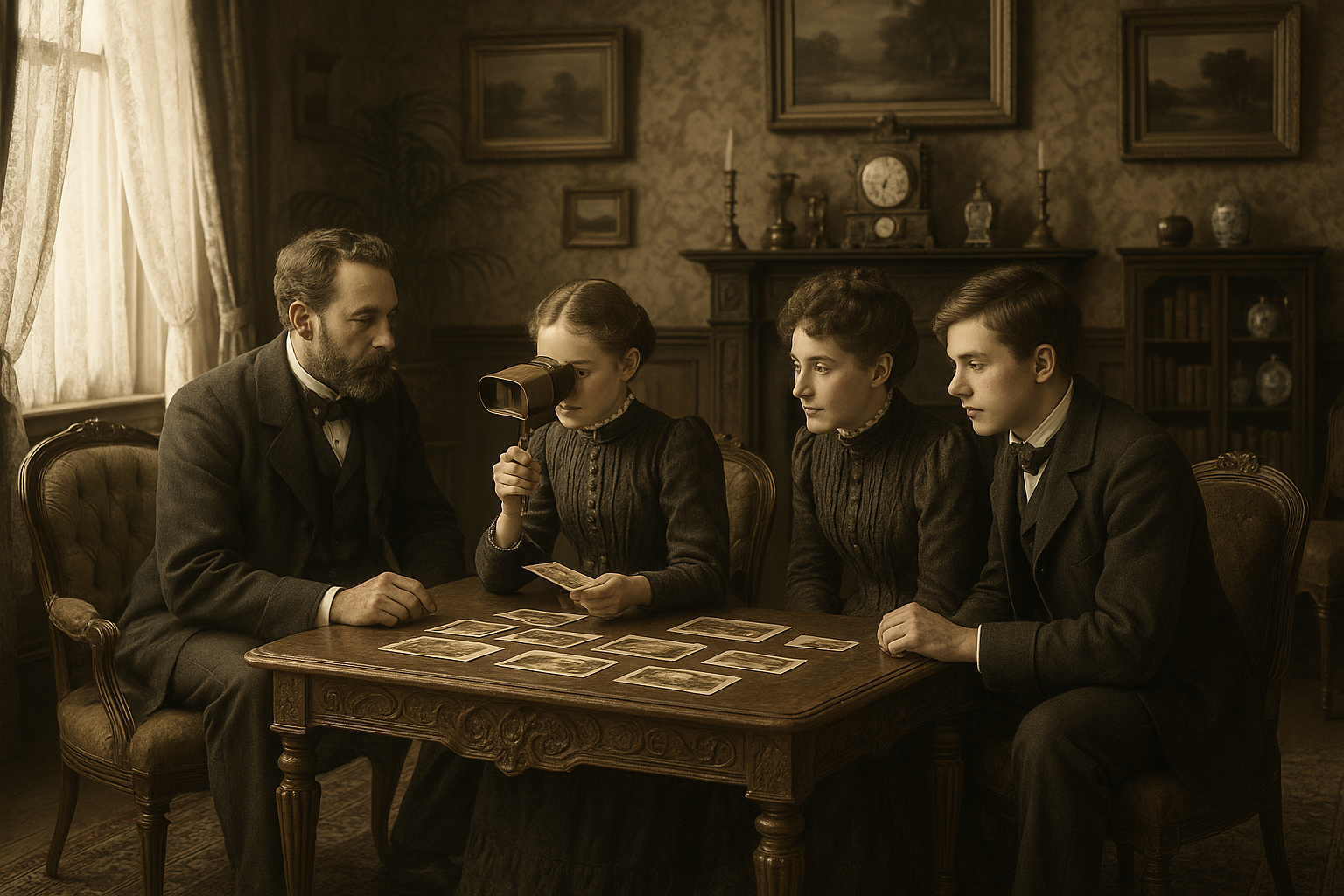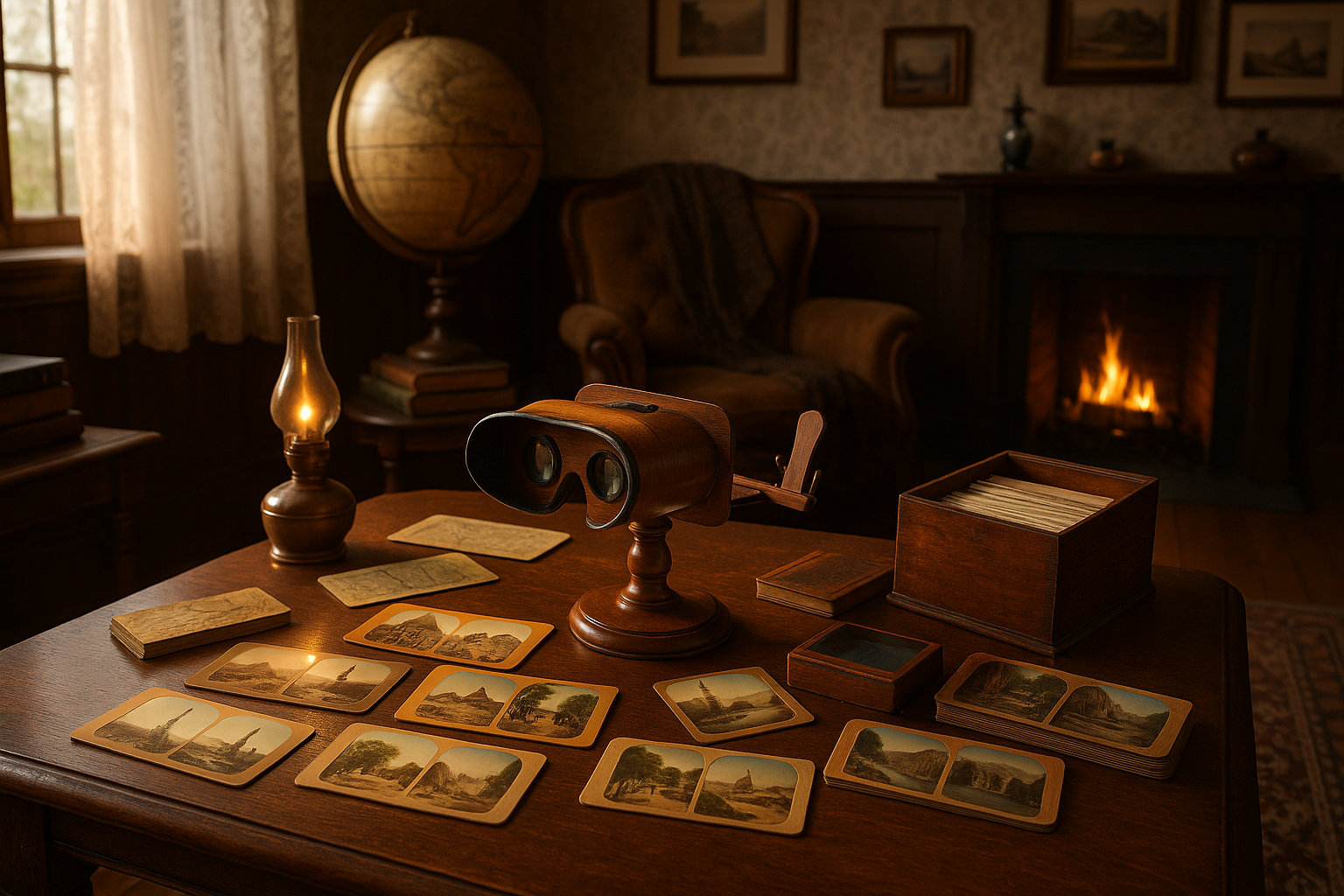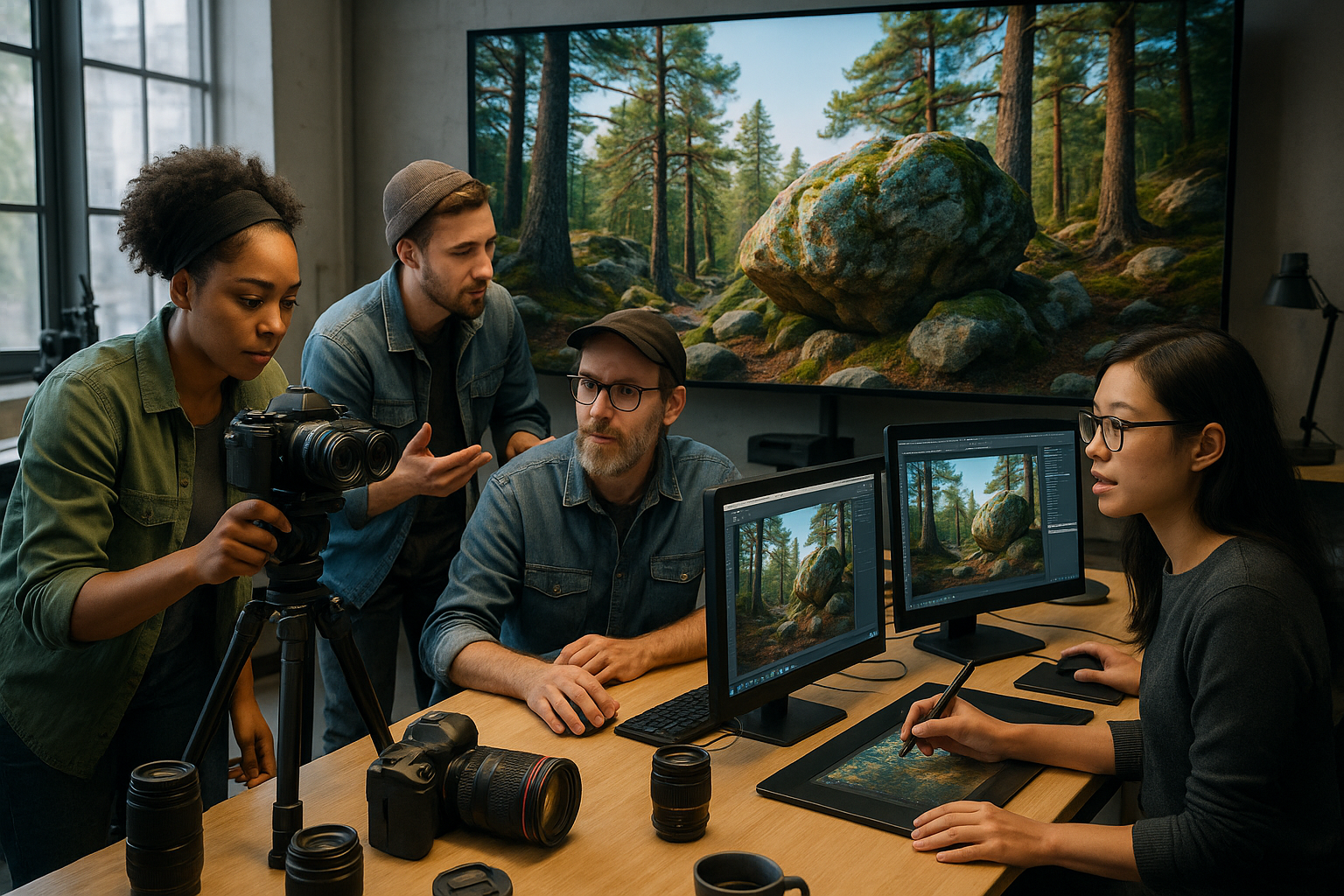The journey of vision correction spans thousands of years, transforming from rudimentary magnifying tools to sophisticated digital solutions that restore sight to millions worldwide.
🔍 The Ancient Origins of Vision Enhancement
Long before the invention of modern eyeglasses, ancient civilizations recognized the challenge of declining vision and sought creative solutions. The earliest recorded vision aid dates back to the first century AD, when Roman philosopher Seneca used a glass globe filled with water to magnify text. This simple yet ingenious method demonstrated humanity’s early understanding of light refraction and its potential to assist failing eyesight.
The “reading stone” emerged around 1000 AD, representing a significant milestone in vision aid evolution. These polished crystal or glass hemispheres, when placed directly on reading material, magnified the letters beneath them. Monks and scholars throughout medieval Europe relied heavily on these devices to continue their manuscript work as their vision deteriorated with age.
Ancient Egyptians and Romans also experimented with various materials including emeralds and other precious stones, believing certain gems possessed visual enhancement properties. While these early attempts lacked scientific foundation, they reflected the universal human desire to preserve and improve vision throughout the aging process.
👓 The Revolutionary Birth of Eyeglasses
The late 13th century witnessed one of humanity’s most transformative inventions: wearable eyeglasses. Around 1286 in northern Italy, likely in Venice or Florence, craftsmen developed the first primitive spectacles. These early versions featured convex lenses designed to correct farsightedness, mounted in frames made from bone, metal, or leather.
These pioneering spectacles represented a dramatic shift from previous vision aids. Unlike reading stones that required holding or placement on text, eyeglasses allowed hands-free vision correction, enabling continuous work and daily activities. The innovation spread rapidly throughout Europe, particularly among the scholarly and religious communities where reading was essential.
The design evolved quickly through the 14th and 15th centuries. Early models required users to hold them in place or balance them precariously on the nose. Craftsmen experimented with various mechanisms, including riveted frames that could be adjusted and handles for easier positioning. The Spanish developed “temples” – side pieces that extended over the ears – in the early 18th century, finally creating the familiar eyeglass design we recognize today.
🔬 Scientific Advances in Lens Technology
The 17th century brought unprecedented scientific understanding to vision correction. Dutch scientist Antonie van Leeuwenhoek’s work with microscopes revealed the intricate structure of the human eye, while Isaac Newton’s experiments with light and prisms illuminated the physics of refraction. These discoveries enabled more precise lens crafting and better understanding of various vision conditions.
Benjamin Franklin’s invention of bifocals in the 1780s marked another revolutionary moment. Frustrated by constantly switching between two pairs of glasses for distance and reading, Franklin created lenses with two distinct optical powers in a single frame. This innovation addressed presbyopia – the age-related difficulty in focusing on close objects – allowing users to see clearly at multiple distances without changing spectacles.
The 19th century witnessed rapid advancement in lens manufacturing. Glass grinding techniques became increasingly refined, enabling opticians to create lenses with precise curvatures tailored to individual prescriptions. The introduction of concave lenses for myopia (nearsightedness) expanded the range of correctable vision problems significantly.
⚡ The Industrial Revolution and Mass Production
The Industrial Revolution transformed eyeglasses from luxury items crafted by skilled artisans into affordable necessities accessible to the general population. Mechanized manufacturing processes reduced production costs dramatically, while improved transportation networks enabled widespread distribution.
Mass production techniques introduced standardized lens powers and frame sizes, though this sometimes meant less precise correction compared to custom-made alternatives. However, the affordability factor outweighed these limitations for most consumers, bringing vision correction to working-class populations for the first time in history.
The late 1800s saw the establishment of dedicated optical shops and the professionalization of optometry. Eye examinations became more systematic and scientific, replacing the previous trial-and-error method where customers simply tried different lenses until finding ones that seemed to help. This standardization improved outcomes and established optometry as a respected healthcare profession.
🎨 Fashion Meets Function in the 20th Century
The 20th century witnessed eyeglasses evolving from purely functional devices into fashion accessories and personal style statements. Designers began creating frames in various materials, colors, and shapes, transforming spectacles into expressions of personality and aesthetic preference.
Plastic frames emerged in the 1940s and 1950s, offering lightweight alternatives to metal and enabling bold, colorful designs impossible with traditional materials. Celebrity endorsements and appearances in popular films elevated certain eyeglass styles to iconic status, with designs like cat-eye frames and horn-rimmed glasses becoming cultural phenomena.
Technological innovations continued alongside aesthetic developments. Anti-reflective coatings reduced glare and improved visual clarity, while scratch-resistant treatments extended lens durability. Photochromic lenses that darkened in sunlight combined vision correction with eye protection, offering unprecedented convenience.
🔬 The Contact Lens Revolution
Contact lenses represented a paradigm shift in vision correction, offering an invisible alternative to conspicuous eyeglasses. Leonardo da Vinci conceptualized the basic principle in 1508, but practical implementation remained impossible for centuries due to material and manufacturing limitations.
The first successful contact lenses emerged in the late 1880s, crafted from blown glass and covering the entire eye surface. These early versions were uncomfortable, permitted no oxygen transmission to the cornea, and could only be worn for brief periods. Despite these severe limitations, they proved the concept’s viability and inspired continued development.
The introduction of plastic materials in the 1930s and 1940s improved comfort moderately, but contact lenses remained challenging to wear for extended periods. The breakthrough came in 1971 when Bausch & Lomb introduced soft hydrogel contact lenses, which absorbed water and allowed oxygen permeability. This innovation transformed contact lenses from an uncomfortable curiosity into a practical vision correction option for millions.
💧 Modern Contact Lens Technology
Contemporary contact lens technology has advanced far beyond simple vision correction. Today’s lenses incorporate sophisticated materials and designs addressing diverse needs and preferences:
- Silicone hydrogel lenses provide exceptional oxygen transmission, enabling extended wear periods and reducing complications associated with oxygen deprivation
- Daily disposable lenses eliminate cleaning requirements and reduce infection risks, offering maximum convenience and hygiene
- Toric lenses correct astigmatism with specialized designs that maintain proper orientation on the eye
- Multifocal contact lenses address presbyopia, providing clear vision at multiple distances similar to progressive eyeglasses
- Colored and cosmetic lenses allow wearers to change their eye color while maintaining vision correction
- Orthokeratology lenses temporarily reshape the cornea during sleep, providing clear daytime vision without any corrective devices
⚕️ Surgical Solutions for Vision Correction
The late 20th century introduced surgical alternatives to external vision aids, offering permanent correction possibilities. Radial keratotomy, developed in the 1970s, used precise incisions in the cornea to reshape its curvature and correct myopia. While effective for some patients, the technique had limitations and unpredictable long-term results.
LASIK (Laser-Assisted In Situ Keratomileusis) revolutionized vision correction surgery when it gained FDA approval in 1998. This procedure uses an excimer laser to precisely reshape the cornea, correcting refractive errors with remarkable accuracy. LASIK has helped millions achieve clear vision without glasses or contacts, though it carries risks and isn’t suitable for everyone.
Modern surgical options extend beyond LASIK. PRK (Photorefractive Keratectomy) offers an alternative for patients with thin corneas, while SMILE (Small Incision Lenticule Extraction) represents the latest minimally invasive technique. Implantable lenses provide solutions for patients unsuitable for laser procedures, inserting artificial lenses without removing the natural lens.
📱 Digital Age Vision Solutions
The digital revolution has transformed vision care through innovative technologies that would have seemed impossible just decades ago. Smartphone applications now enable preliminary vision testing, allowing users to monitor their eyesight and detect potential problems between professional examinations.
Artificial intelligence algorithms analyze retinal images to detect diseases like diabetic retinopathy, glaucoma, and macular degeneration earlier than traditional methods. These AI systems often match or exceed human expert accuracy, promising earlier intervention and better outcomes for sight-threatening conditions.
Virtual try-on technology uses augmented reality to help consumers select eyeglass frames from home, seeing realistic representations of how different styles appear on their faces. This innovation has transformed eyewear shopping, particularly during times when in-person visits were challenging or impossible.
🕶️ Smart Glasses and Augmented Reality
Smart glasses represent the convergence of vision correction, computing power, and connectivity. These devices integrate displays, cameras, sensors, and processors into wearable frames, overlaying digital information onto the physical world. While early versions focused on general consumers, professional applications in healthcare, manufacturing, and logistics have proven most successful.
Companies continue developing smart glasses with vision correction integration, aiming to create devices that serve multiple purposes seamlessly. Future iterations promise real-time translation, navigation assistance, and health monitoring alongside traditional vision correction, transforming eyewear into comprehensive personal assistance devices.
Accessibility features in smart glasses offer revolutionary possibilities for vision-impaired individuals. Object recognition, text-to-speech conversion, and environmental awareness features can significantly enhance independence for people with low vision, representing technology’s potential to overcome traditional limitations.
🌍 Addressing Global Vision Challenges
Despite remarkable technological advances, significant disparities persist in vision care access worldwide. The World Health Organization estimates that over 2.2 billion people globally have vision impairment, with nearly half of these cases preventable or treatable. Economic barriers, insufficient infrastructure, and shortage of eye care professionals particularly affect developing regions.
Innovative solutions are emerging to address these challenges. Organizations like VisionSpring distribute affordable eyeglasses in underserved communities, while telemedicine initiatives bring professional eye care to remote locations through digital consultation platforms. These efforts demonstrate how technology can democratize access to vision correction regardless of geographic or economic circumstances.
Mobile eye clinics equipped with diagnostic equipment travel to rural areas, providing examinations and dispensing glasses where permanent optical facilities don’t exist. These initiatives have restored vision to millions who might otherwise never receive professional eye care, improving quality of life and economic productivity in underserved populations.
🔮 The Future of Vision Enhancement
Emerging technologies promise to revolutionize vision care further in coming decades. Bioengineered corneas grown from stem cells could eliminate transplant rejection and donor shortage issues. Gene therapy shows potential for treating inherited vision conditions at their source, potentially preventing vision loss before it begins.
Nanotechnology may enable microscopic devices that correct vision problems at the cellular level, while advances in retinal implants continue restoring sight to individuals with degenerative eye diseases. Brain-computer interfaces might eventually bypass damaged eyes entirely, transmitting visual information directly to the brain’s visual cortex.
Personalized medicine approaches using genetic testing and artificial intelligence will likely enable more precise, individualized treatment strategies. Rather than one-size-fits-all solutions, future vision care may tailor interventions to each person’s unique biological characteristics, optimizing outcomes and minimizing risks.
🌟 Embracing Clear Vision for All
The evolution of vision aids reflects humanity’s persistent ingenuity in overcoming physical limitations. From ancient reading stones to artificial intelligence-powered diagnostics, each innovation has expanded possibilities for clear sight and improved quality of life. Today’s sophisticated technologies would astound those medieval monks who relied on polished crystals to read their manuscripts.
Yet challenges remain. Ensuring equitable access to vision care across all populations, regardless of location or economic status, represents an ongoing imperative. The most advanced technology means little to someone who cannot access or afford it, making distribution and accessibility as crucial as innovation itself.
As we look toward the future, the trajectory of vision aid development suggests increasingly personalized, convenient, and effective solutions. The integration of vision correction with other health monitoring and enhancement technologies will likely blur the lines between medical devices, fashion accessories, and computing platforms, creating multifunctional tools that serve diverse needs simultaneously.
The story of vision aids ultimately celebrates human determination to see clearly – both literally and metaphorically. Each advancement represents countless individuals who refused to accept visual limitation as inevitable, instead pursuing solutions through creativity, scientific inquiry, and technological innovation. Their legacy continues in today’s research laboratories and clinics, where the next breakthrough in vision enhancement awaits discovery.
Toni Santos is a visual historian and artisan whose creative lens is captivated by the forgotten marvels of antique optical devices. Through his thoughtful storytelling, Toni revives the instruments that once transformed light into wonder—camera obscuras, magic lanterns, kaleidoscopes, and other ingenious tools that shaped our earliest visual imaginations.
His journey is rooted in a fascination with how humans have long sought to bend, reflect, and reveal the unseen. Whether tracing the mechanical poetry of 19th-century projectors or illustrating the tactile elegance of early lenses, Toni’s work invites us to see vision itself as an evolving art form.
Blending handcrafted design with historical inquiry, Toni brings to life the material soul of these devices—celebrating not just how they functioned, but what they meant. His creations and curated stories illuminate a world where science, illusion, and beauty were intricately linked through glass and brass.
As the curator of Vizovex, Toni shares detailed studies, reconstructed artifacts, and immersive content that help others rediscover the origins of visual technology and the magic of analog perception.
His work is a tribute to:
The craftsmanship behind early visual instruments
The wonder of seeing through the eyes of another century
The intersection of optics, art, and imagination
Whether you’re a collector, a designer, or someone drawn to the lost poetry of vision, Toni welcomes you into a world where light is a storyteller—one prism, one lens, one forgotten invention at a time.





